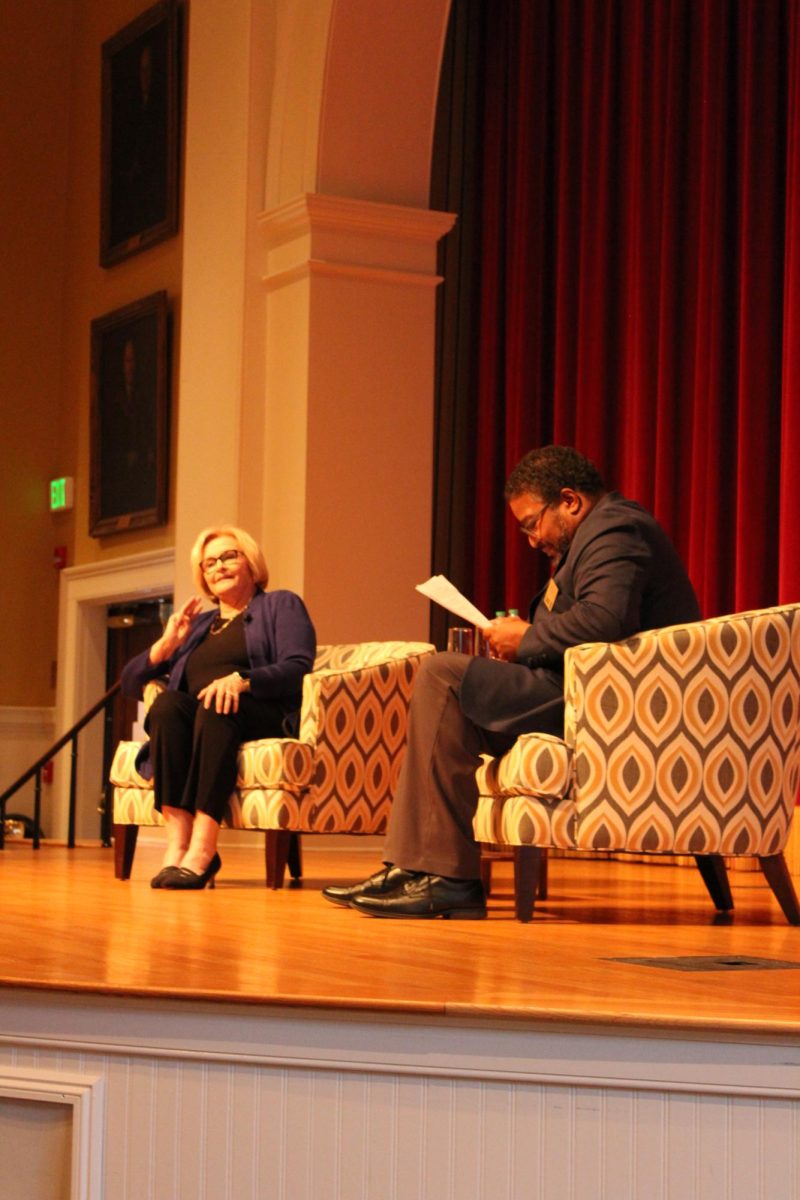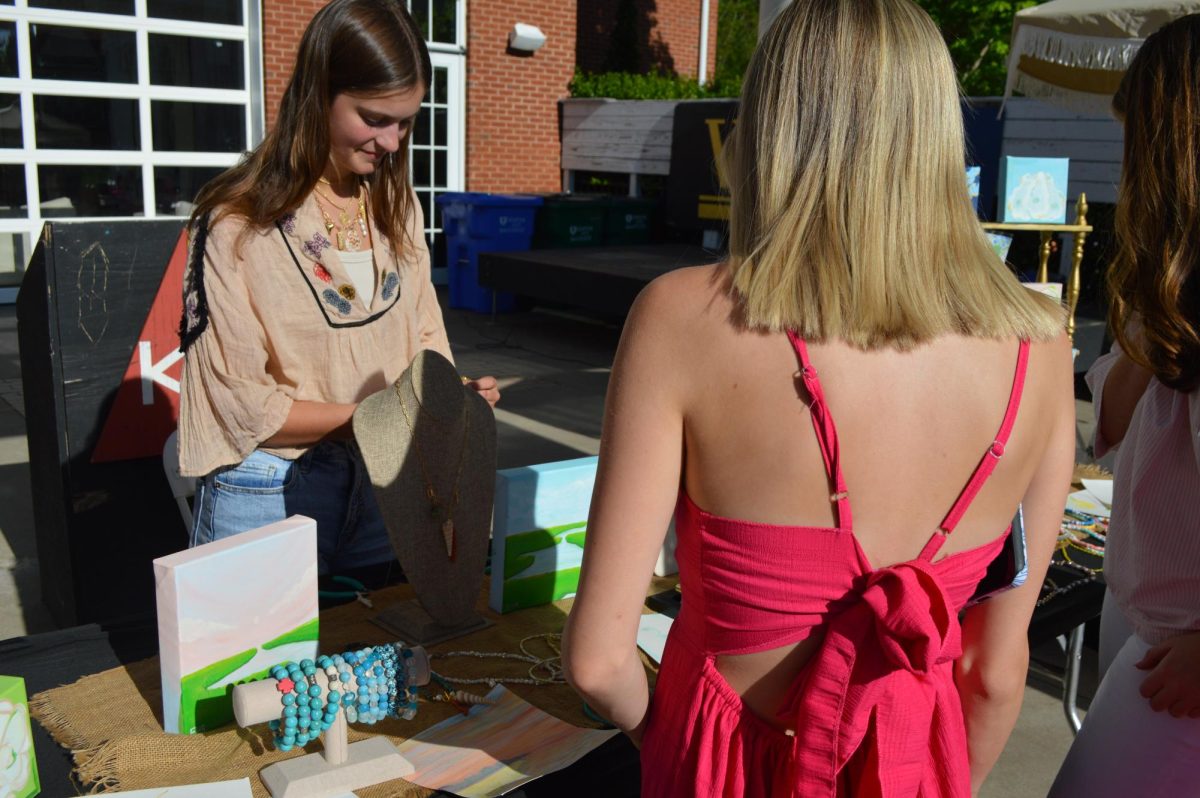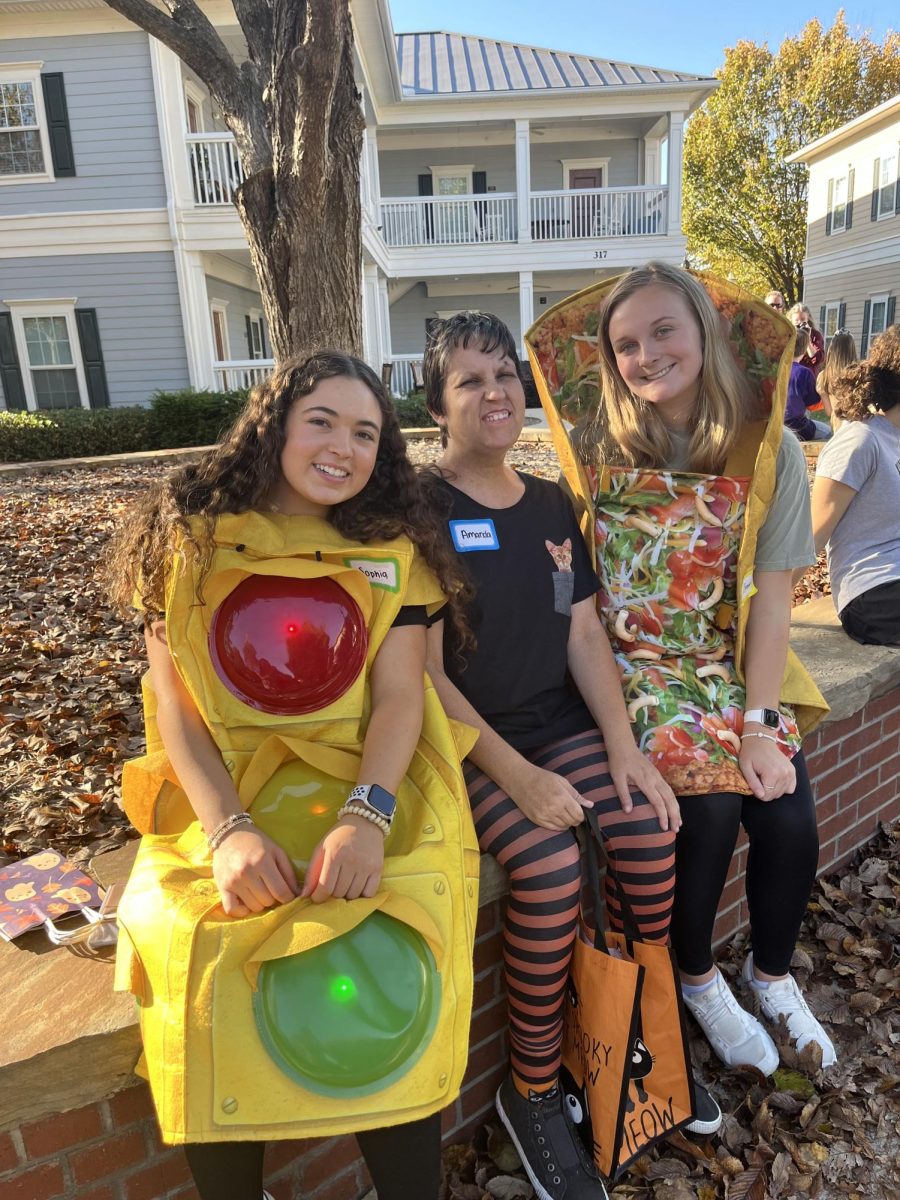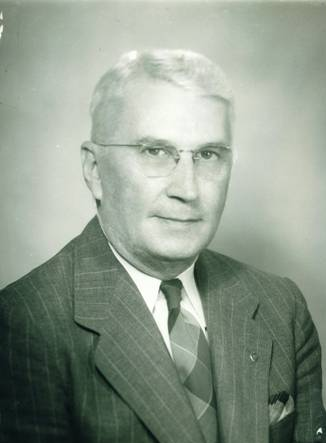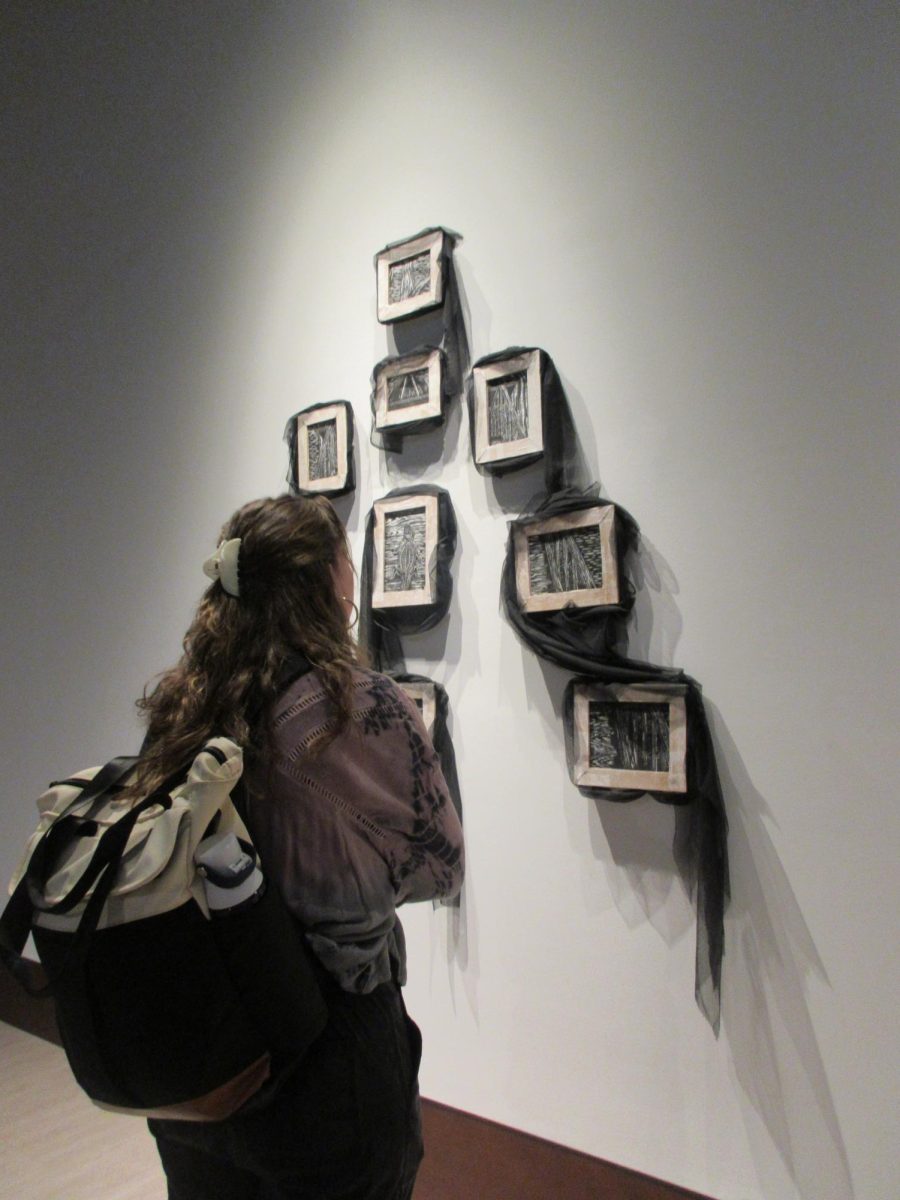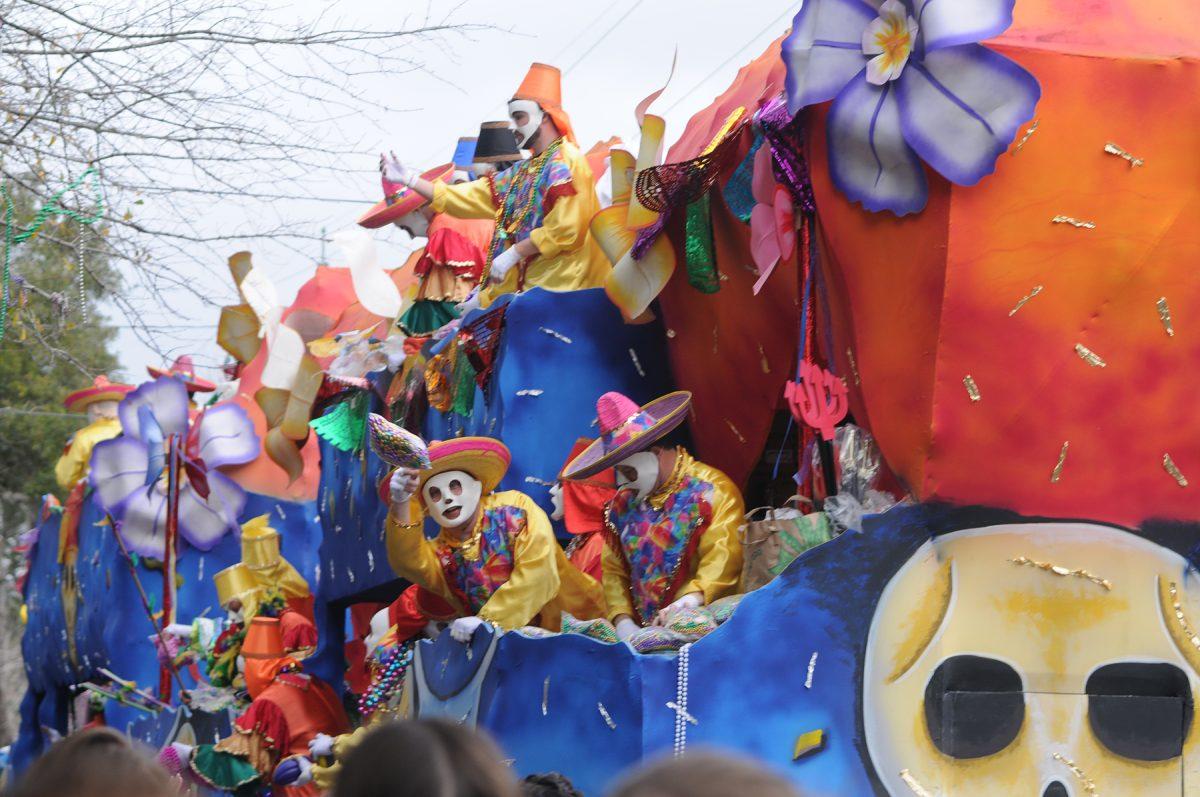A LOOK INTO THE RICH HISTORY AND CULTURE OF MARDI GRAS—
The words “Fat Tuesday” bring to a college student’s mind scenes of drunken costume-clad crowds, carrying sloshing Hurricane glasses and swinging beads around by the tips of their index fingers. While debauchery certainly is one of the well-known aspects of Mardi Gras, it is only a small part of the legendary holiday. Literally translated from Latin, the Mardi Gras “carnival” means “farewell to flesh,” and traces its origins through Christianity, the Renaissance and even pagan Rome.
According to classical historians, the first carnival was celebrated to honor the Roman god of fertility, Lupercalia. This holiday took place in February and involved the same feasting, drinking, and to put it politely, mischievous behavior of today’s Mardi Gras. When the Roman Catholic Church later rose in ancient Rome, it adapted the pagan feast to suit its new religious culture, and Fat Tuesday was born. In the Catholic faith, Fat Tuesday marks the last day of indulgence before Lent, a 40-day period of repentance, fasting and moderation that ends in Jesus’ passion on Good Friday.
The Catholic holiday travelled from Rome to Venice to France, from where it eventually crossed the Atlantic Ocean, landing on March 2, 1699, in what eventually became southern Alabama and Louisiana. While the first secret “krewes” were actually formed in present-day Mobile, Ala., the celebration evolved into the true Mardi Gras parades in New Orleans. By the 1870s, street performers were marching through the Crescent City carrying dazzling, gas-lit flambeaux, and masked men were throwing sparkling glass beads to crowds growing by the year.
First the Mistick Krewe of Comus, then the Twelfth Night Revelers, then Rex, the King of Carnival – parades of fantastically-designed floats began rolling through the city streets, scheduled years in advance. In 1872, Rex selected the official Mardi Gras colors to honor the visiting Russian Grand Duke Alexei Alexandrovich Romanoff, whose house colors were purple (which represents justice), green (which represents faith) and gold (which represents power).
Kept alive by the region’s fervent Catholicism and even more-fervent love of a good time, today’s Mardi Gras flourishes in cities across southern Louisiana. Beginning only a few weeks after the New Year, sprinkle-dusted King Cakes filled with pecan praline cream cheese appear in every grocery store and bakery from Wal-Mart to Randazzo (where some of Louisiana’s best are found).
Parades can be small – neighborhood festivals in the suburbs, children catching beads from their fathers’ shoulders or the complete opposite – adults in flamboyant clothing, sipping the morning’s fourth daiquiri from a drive-thru shop. In smaller cities like Baton Rouge, local parades run on weekend mornings; in New Orleans, Super-Krewes, like the Krewes of Endymion and Bacchus, run from evening until late at night, crowning celebrities like Dolly Parton, Chuck Norris, Britney Spears and Will Ferrell as their yearly Kings.
Of course, the celebration never ends with a street cleaner sweeping up abandoned beads behind the last papier-mâché float. It continues Downtown in the French Quarter or Uptown near Tulane’s campus and lasts until the next morning’s first parade. It’s a marathon of insanity, stopped in its tracks by its only equal: Ash Wednesday. After all the tour busses have departed the next day, Louisianans drag themselves to their parish churches, where the pastor marks their ashen faces with the oily ashes from last year’s Palm Sunday.
But until then? On Feb. 17, 2015… Laissez les boys temps rouler.


